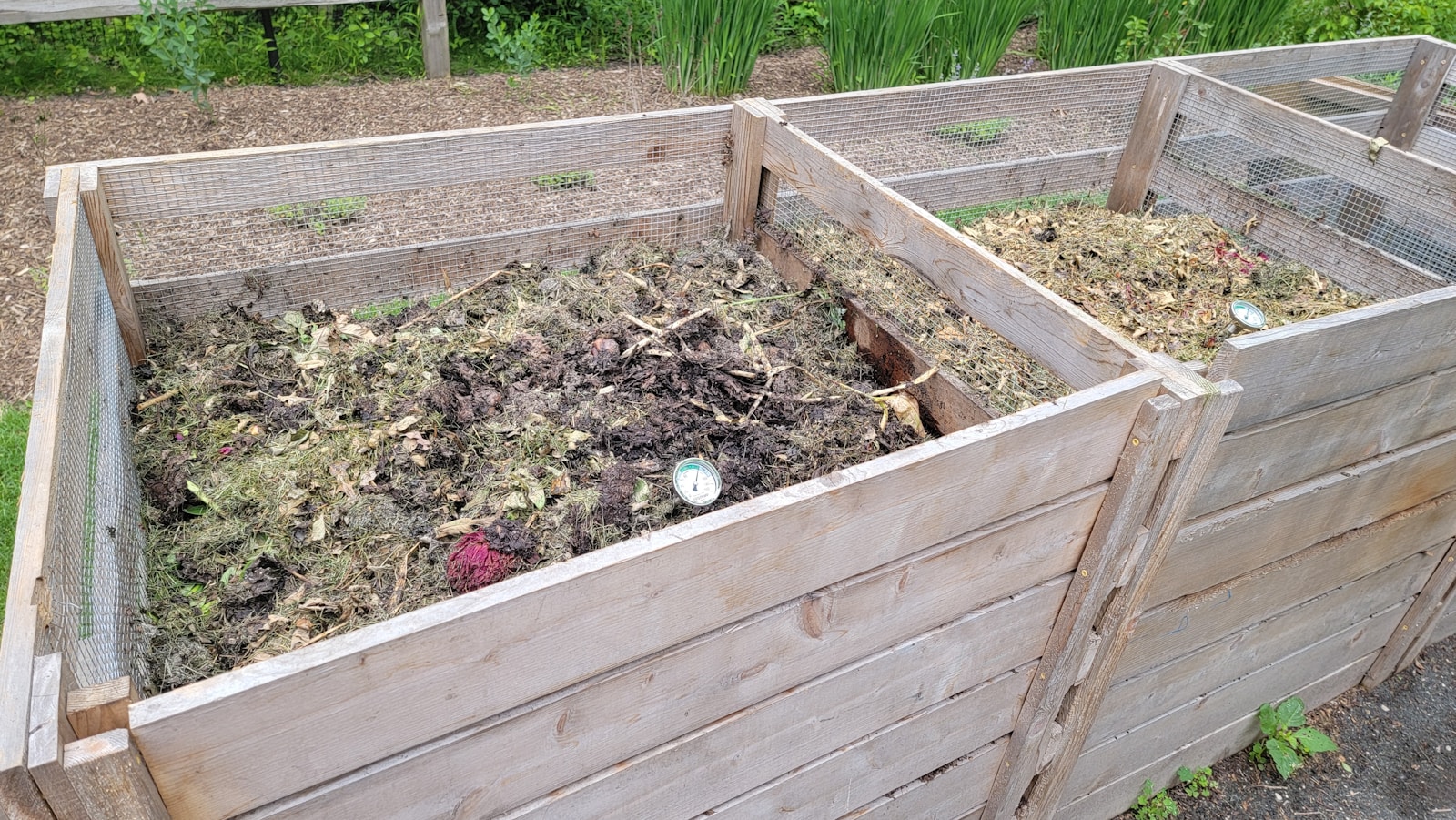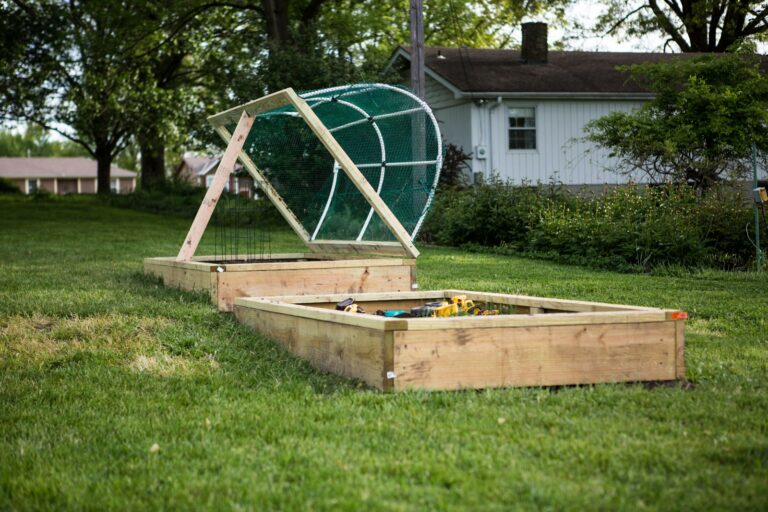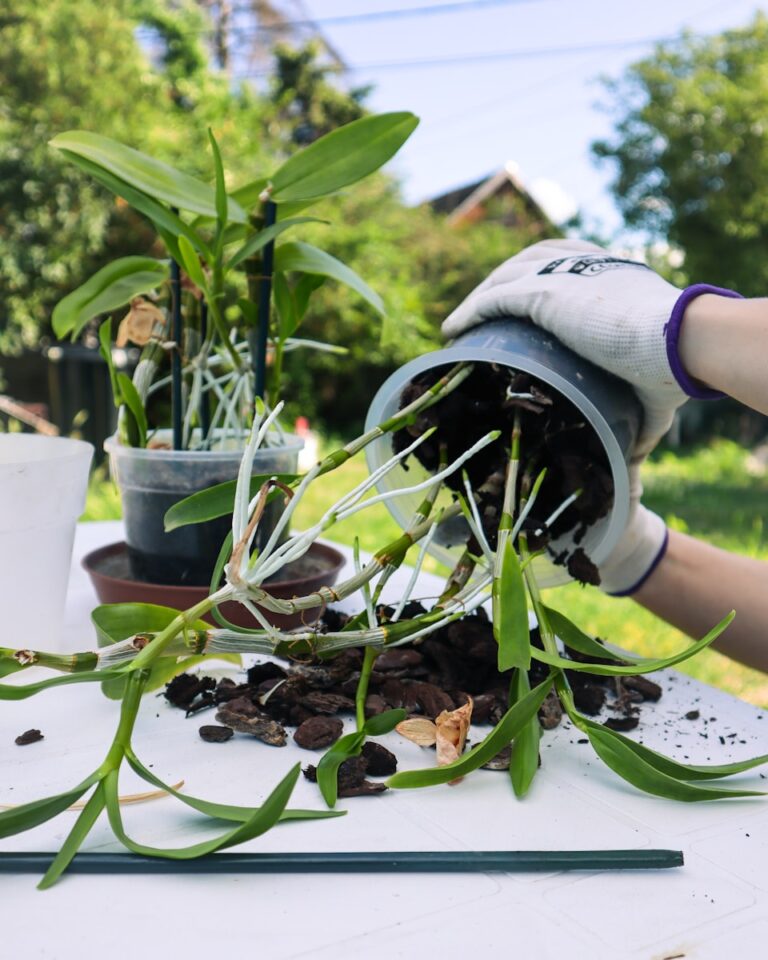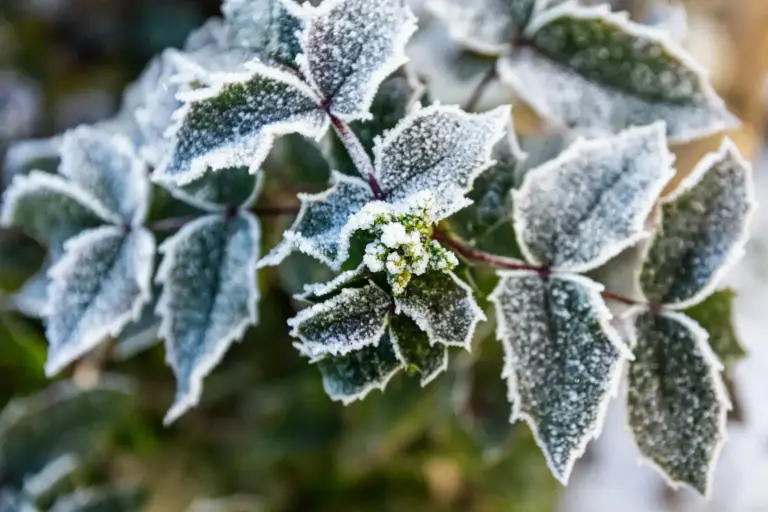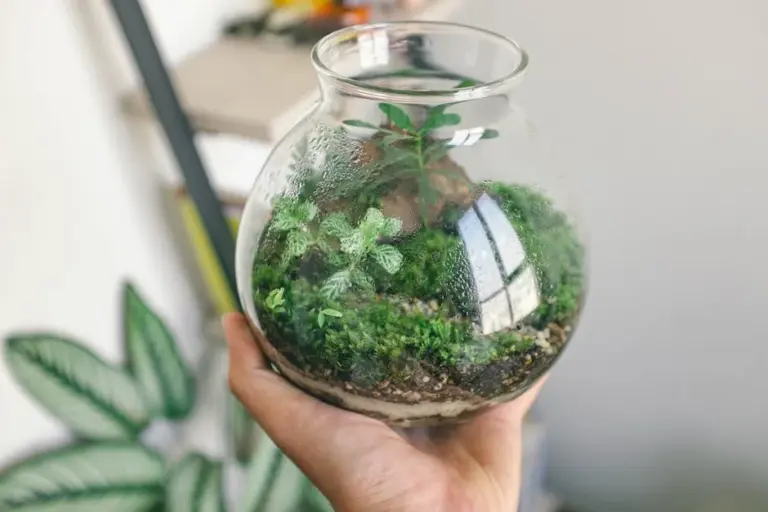Why Fall Is the Best Time to Start a Compost Pile and How to Get Started Easily
If you’ve ever looked at your yard in autumn and wondered what to do with all those leaves, you’re not alone. Fall brings a unique chance to kick off a compost pile that’s both practical and satisfying.
As the weather cools and gardens wind down, you’ll find yourself with piles of natural materials just waiting to be put to good use. Fall offers the perfect conditions for starting a compost pile that will reward you by spring.
Abundance of fallen leaves provides plenty of carbon-rich material
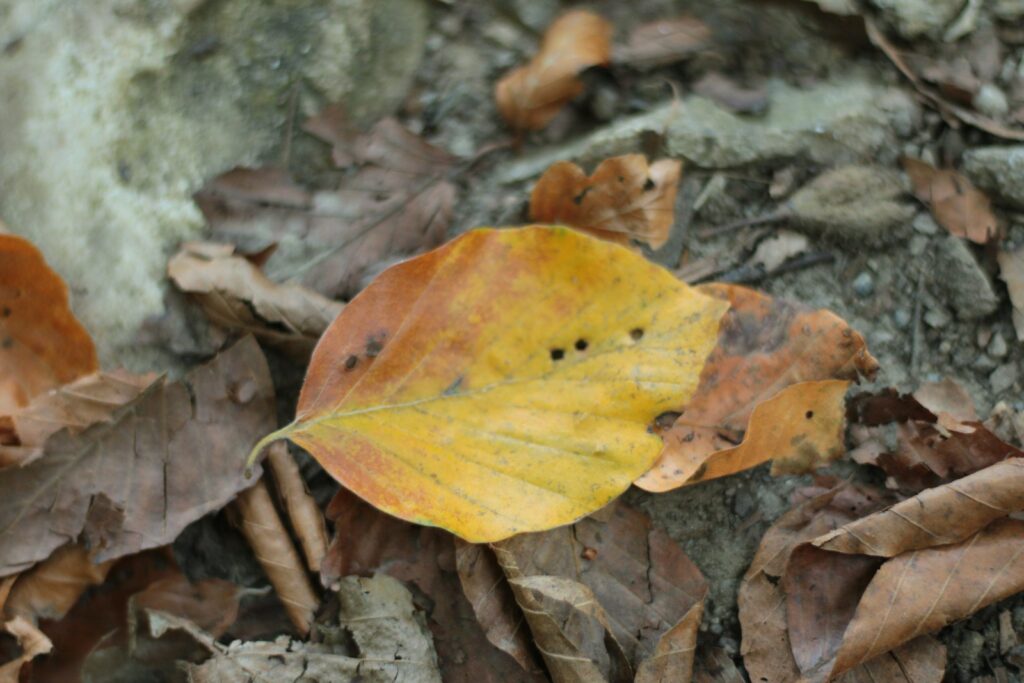
Autumn leaves pile up quickly, and they’re more than just a chore. These dry leaves are packed with carbon, which is essential for healthy compost.
Raking them up and adding them to your bin gives you a free, plentiful “brown” material. This helps balance out the “green” scraps from your kitchen or garden.
Dry leaves break down slowly and keep your compost pile from becoming soggy or smelly. They also turn into leaf mold, which improves soil texture and helps roots breathe.
Cooler temperatures slow decomposition for better nutrient retention

As the temperature drops, your compost pile works at a gentler pace. Slower decomposition actually helps retain nutrients in the pile.
This means your compost will be richer when it’s ready. Beneficial microbes get time to break down organic matter more thoroughly.
Cooler weather encourages a wider mix of microbes, which improves compost quality. Even if the process feels slow, your pile is still active.
You can keep things moving by adding dry leaves for insulation or turning the pile occasionally.
Garden cleanup debris like weeds and trimmings are easy to collect
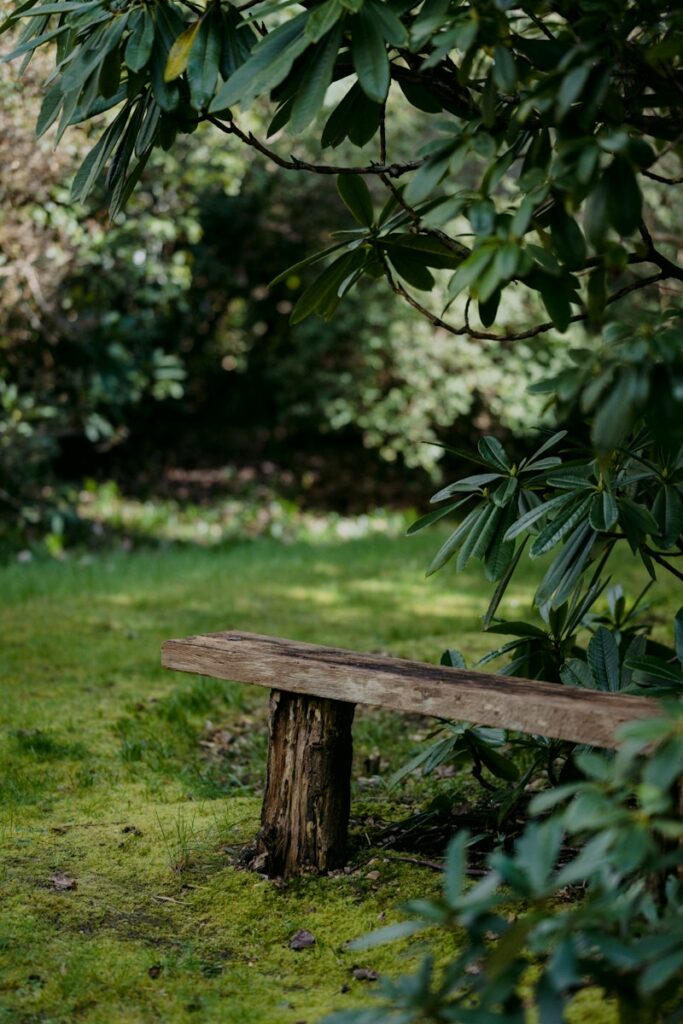
Fall garden clean-up is a perfect time to gather weeds and trimmings. These materials are easy to collect and make great additions to your compost.
A rake or large bin can help you scoop up everything in one go. Cooler weather gives you more time to organize and add these scraps to your pile.
Weeds and trimmings break down well, boosting the nutrient content of your compost. Just skip any diseased plants to keep your pile healthy.
Recycling your garden debris this way cuts down on waste and prepares your soil for next year.
Moisture levels are ideal for microbial activity in fall

Autumn often brings just the right amount of moisture for a compost pile. Rain and cooler weather help keep things damp but not waterlogged.
Microbes need this balance to work efficiently. If it’s too dry, they slow down, and if it’s too wet, things can get smelly.
You can check by squeezing a handful of compost—it should feel like a wrung-out sponge. This simple step keeps your pile breaking down at a steady pace.
Taking advantage of fall’s natural moisture means less work for you and better compost in the end.
Starting in fall produces ready-to-use compost by spring

When you begin composting in the fall, your pile has all winter to break down. By the time spring rolls around, you’ll have finished compost ready for your garden beds.
Even though cold weather slows things down, microbes keep working. This gives you a natural soil boost just when you need it for planting.
Using fall’s garden waste like leaves and trimmings turns autumn chores into valuable compost for the next growing season.
Less competition from fresh green materials like grass clippings

Grass stops growing as much in fall, so you won’t be overloaded with fresh green clippings. This makes it easier to get the right mix of browns and greens.
Focusing on dry leaves and straw helps your compost pile stay balanced. You won’t have to worry about your pile turning slimy or wet from too many fresh greens.
A better balance means your compost will break down more evenly. It’s a simple way to avoid common composting headaches.
Leaves and plant waste are drier and easier to manage
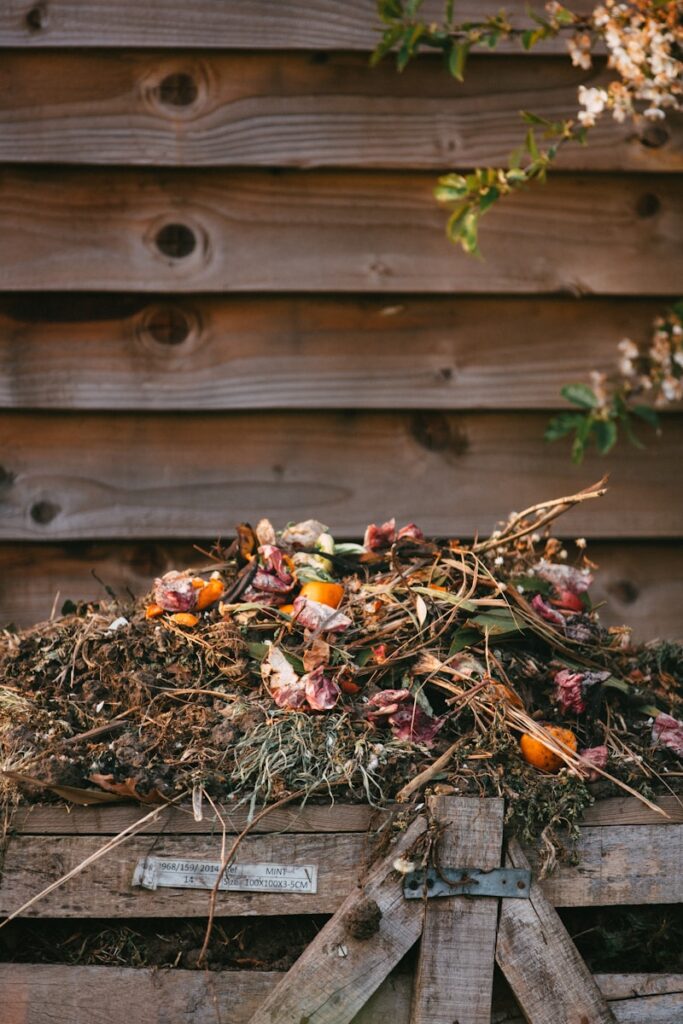
Dry leaves are much easier to handle than soggy ones. In fall, you can rake and collect them without the mess.
Shredded dry leaves mix well with other compost materials and break down faster. You can always add water if you need to adjust the moisture.
Managing drier materials helps prevent your pile from getting too wet and smelly. It also makes starting your compost less of a hassle.
Allows overwintering of beneficial microbes in the pile
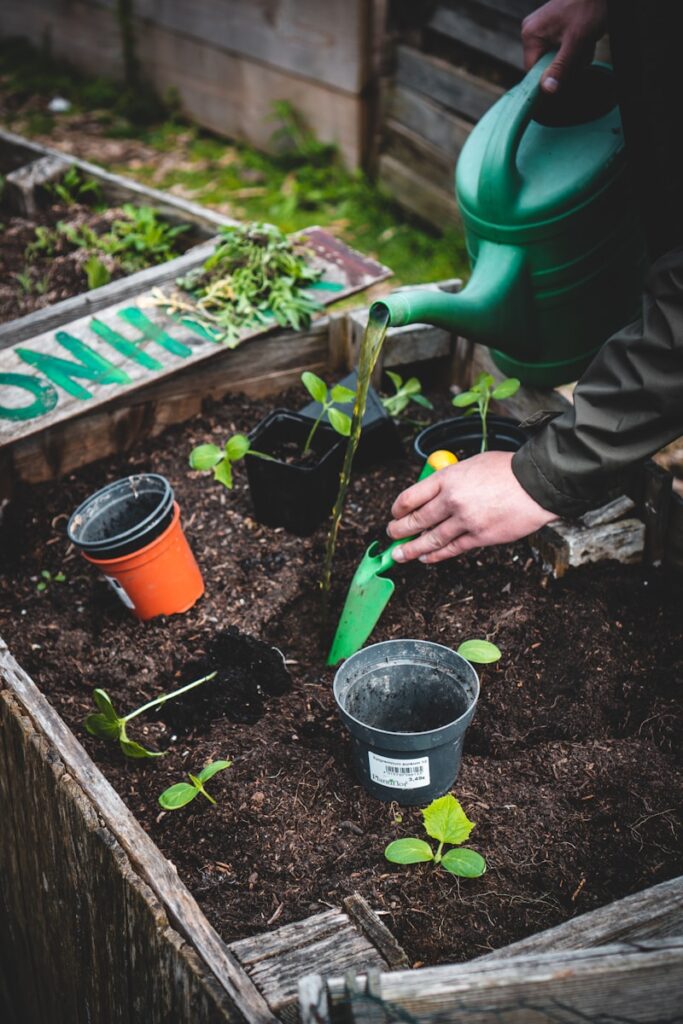
Starting a compost pile in fall gives beneficial microbes a cozy home for winter. These tiny helpers are key to breaking down your organic waste.
As the pile cools, microbes slow down but don’t disappear. They’ll be ready to ramp up again when spring arrives.
A healthy community of microbes means your compost will break down faster once the weather warms up. Turning the pile and keeping it moist helps them survive the cold months.
Reduces yard waste going to landfills during autumn

Composting in fall keeps piles of yard waste out of landfills. Leaves, clippings, and small branches can be transformed into something useful instead of adding to landfill problems.
When you compost, you help reduce methane emissions from decomposing waste in dumps. You also save yourself trips to disposal sites.
Turning your autumn clean-up into compost is a simple way to help the environment and your garden at the same time.
Composting in fall supports a head start for spring planting
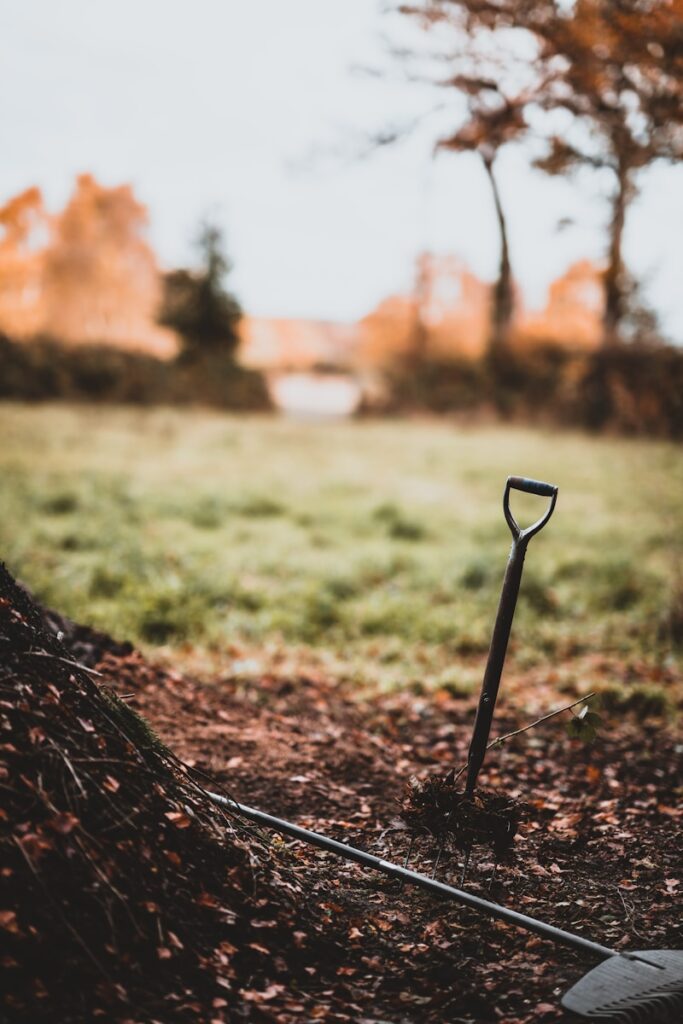
If you have ever dreaded the rush to get your garden ready in spring, fall composting could be your new secret weapon. Starting your compost pile now gives organic materials a chance to break down over the winter.
By the time warmer weather arrives, you will have rich compost ready to feed your garden. Fall is also the perfect time to clear out leaves, weeds, and old flowers that have piled up over the summer.
Cleaning up plant debris keeps your garden beds tidy and ready for new growth. Adding compost in autumn helps improve soil structure and boosts fertility for the coming season.
You can spread compost on empty beds to help prevent weeds from taking over. This small step cuts down on the work you will have to do when planting time comes around.
For anyone looking to make spring gardening less stressful, fall composting is an easy way to get ahead.

